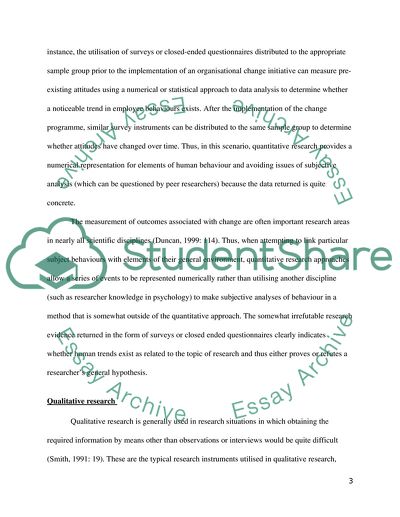Cite this document
(“Examine the general differences between quantitative and qualitative Essay”, n.d.)
Examine the general differences between quantitative and qualitative Essay. Retrieved from https://studentshare.org/miscellaneous/1545156-examine-the-general-differences-between-quantitative-and-qualitative-methodologies-what-are-the-advantages-when-employing-them-in-combination
Examine the general differences between quantitative and qualitative Essay. Retrieved from https://studentshare.org/miscellaneous/1545156-examine-the-general-differences-between-quantitative-and-qualitative-methodologies-what-are-the-advantages-when-employing-them-in-combination
(Examine the General Differences Between Quantitative and Qualitative Essay)
Examine the General Differences Between Quantitative and Qualitative Essay. https://studentshare.org/miscellaneous/1545156-examine-the-general-differences-between-quantitative-and-qualitative-methodologies-what-are-the-advantages-when-employing-them-in-combination.
Examine the General Differences Between Quantitative and Qualitative Essay. https://studentshare.org/miscellaneous/1545156-examine-the-general-differences-between-quantitative-and-qualitative-methodologies-what-are-the-advantages-when-employing-them-in-combination.
“Examine the General Differences Between Quantitative and Qualitative Essay”, n.d. https://studentshare.org/miscellaneous/1545156-examine-the-general-differences-between-quantitative-and-qualitative-methodologies-what-are-the-advantages-when-employing-them-in-combination.


